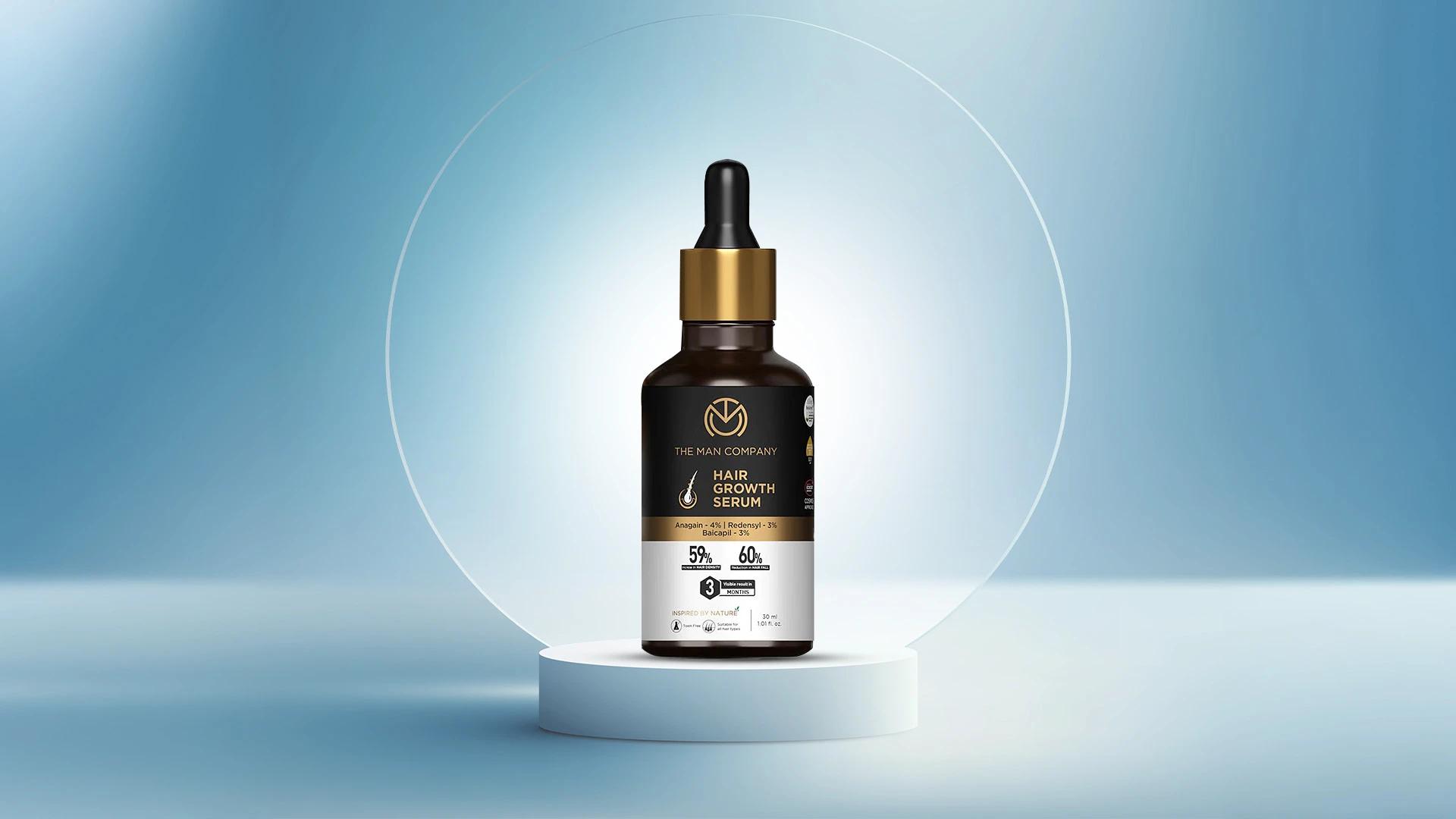Measuring Progress: Signs of Successful Hair Regrowth
Knowing what to look for can help you stay motivated on your hair recovery journey. Progress isn't always dramatic or immediate, so learning to spot the subtle signs of improvement can keep you going when results seem slow. Remember, hair growth is a gradual process that requires patience.
Visual Indicators of Hair Thickening and Strengthening
Look out for baby hairs around your hairline—these tiny new sprouts are often the first sign that your treatments are working. You might also notice your existing hair feeling stronger and less prone to breakage. Increased shine and improved texture are other positive indicators.
Timeline Expectations for Rebounding Hair Growth
Most people start seeing initial improvements within six to eight weeks of starting a consistent routine. However, significant changes in hair thickness and overall health typically take three to six months to become really noticeable. Be patient with the process—your hair is working hard behind the scenes.
Frequently Asked Questions
What is the average cost of professional hair rebonding treatments?
Professional rebonding treatments in India typically range from ₹3,000 to ₹15,000, depending on your hair length, the salon's location, and the products used. Maintenance treatments might be needed every few months.
Are there any side effects associated with hair rebonding?
Yes, rebonding can cause temporary dryness, brittleness, and in some cases, hair breakage. Some people also experience scalp irritation. It's important to follow proper aftercare to minimise these effects.
How does hair rebonding compare to keratin treatments?
Rebonding permanently alters your hair structure for straighter results, while keratin treatments are temporary and focus more on smoothing and reducing frizz. Keratin is generally considered gentler on your hair.
Can men benefit from hair rebonding techniques?
Absolutely! Men with curly or frizzy hair can definitely benefit from rebonding treatments. The same aftercare principles apply regardless of gender.
What types of hair creams are best for rebounding hairs?
Look for creams with moisturising ingredients like argan oil, shea butter, or keratin. Avoid products with harsh sulphates or alcohol, as these can further dry out chemically treated hair.
Key Takeaways
Stimulating rebounding hairs is totally achievable with the right approach and a bit of patience. Focus on scalp health, maintain a consistent haircare routine, and don't forget that nutrition plays a huge role in hair recovery. Whether you go for natural methods or explore advanced treatments, consistency is your best friend. Remember, healthy hair doesn't happen overnight, but with these expert tips, you're definitely on the right track. Your hair's natural bounce and vitality can absolutely return—it just needs the right support system to get there.

 200ml
200ml Combo
Combo Combo
Combo 30 ml
30 ml